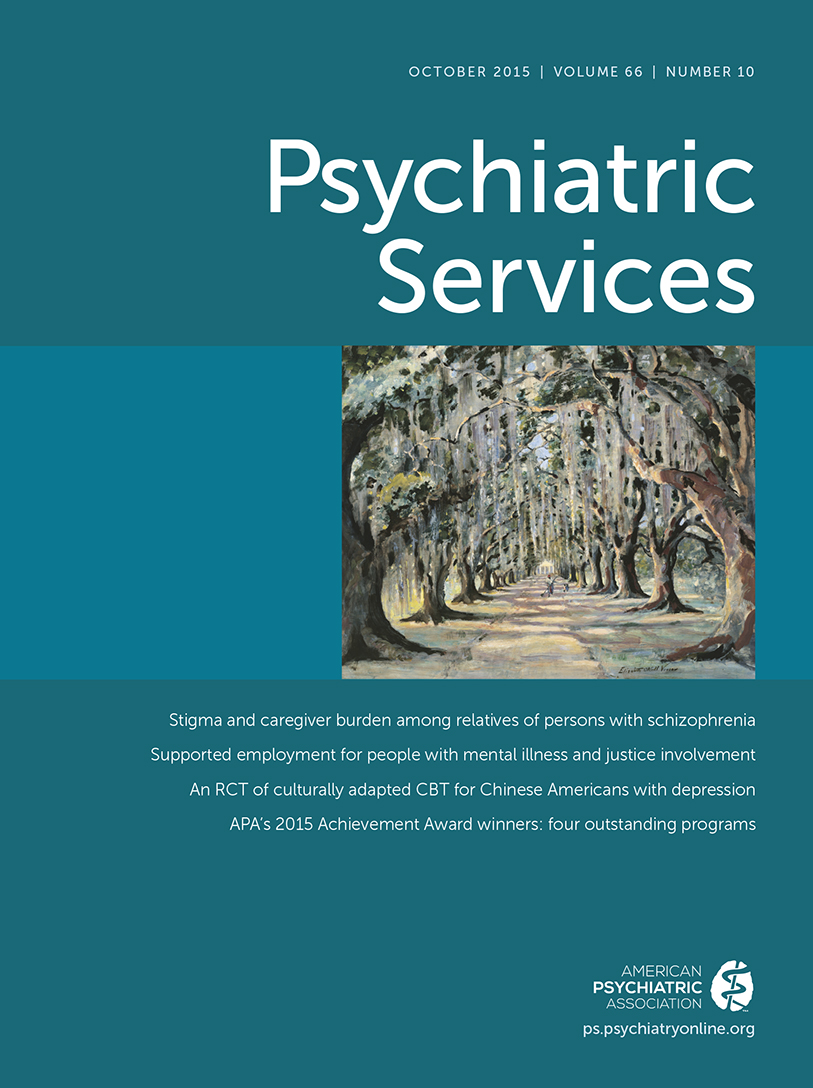Stigma and Burden Among Relatives of Persons With Schizophrenia: Results From the Swedish COAST Study
Abstract
Objective:
The aim was to apply a structured questionnaire, the Inventory of Stigmatizing Experiences (ISE), to study experiences of stigma (associated stigma) among relatives of persons with schizophrenia who attended outpatient clinics, using an approach based on assertive community treatment in a Swedish major city. A second aim was to explore the relationship between associated stigma and overall burden among these relatives.
Methods:
Relatives (N=65) of persons taking oral antipsychotics who attended outpatient clinics completed a mailed questionnaire that included the ISE and the Burden Inventory for Relatives of Persons with Psychotic Disturbances. Associations were analyzed with ordinal logistic regression.
Results:
More than half of the relatives (53%) stated that their ill relative had been stigmatized, but only 18% (N=11) reported that they themselves had been stigmatized (responses of sometimes, often, or always). One-fifth of the relatives (23%) acknowledged that they avoided situations that might elicit stigma. Neither experienced stigma nor anticipated stigma was associated with overall burden level in ordinal logistic regression models. The impact of stigma on both the relative’s personal quality of life and the family’s quality of life were both significantly associated with overall burden after adjustment for patient age and level of functioning.
Conclusions:
Stigma had an impact on quality of life at the personal and family levels, and this was associated with overall burden. Increased awareness among service providers may decrease the impact of stigma on relatives, but associations need to be examined in larger studies in diverse cultures and treatment settings.



